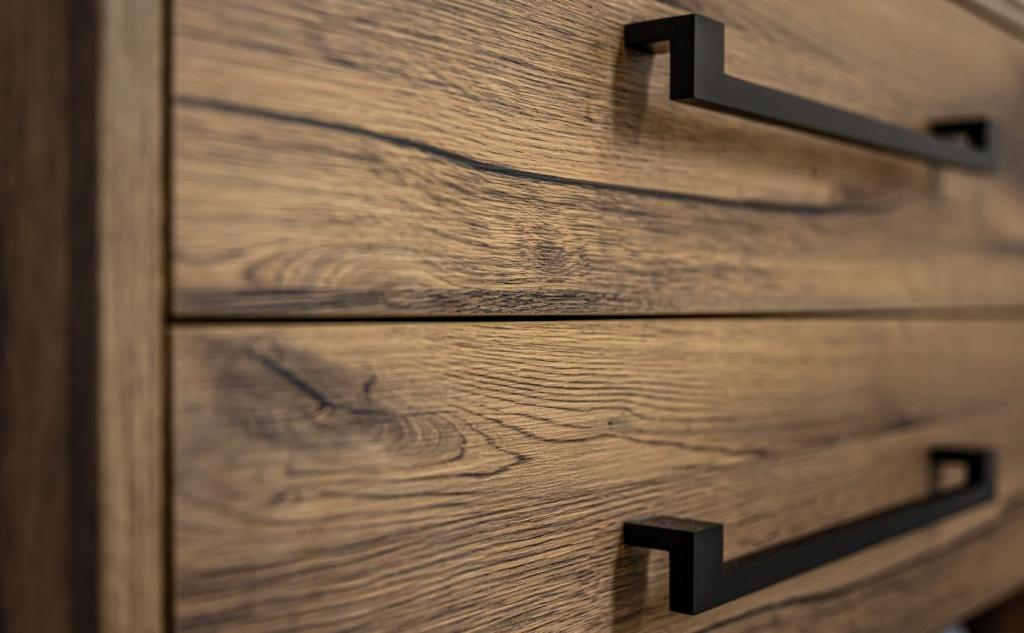This website uses cookies so that we can provide you with the best user experience possible. Cookie information is stored in your browser and performs functions such as recognising you when you return to our website and helping our team to understand which sections of the website you find most interesting and useful.
Innovative Green Building Materials
Innovative green building materials represent the forefront of sustainable architecture, focusing on reducing environmental impact while enhancing building performance. These materials prioritize energy efficiency, resource conservation, and healthier living environments. They integrate cutting-edge technology with eco-friendly principles to support sustainable development in construction. Embracing these materials means contributing to a greener future by minimizing waste, lowering carbon footprints, and promoting recyclability, all while meeting modern aesthetic and functional standards. This approach revolutionizes how buildings are designed, constructed, and maintained with a conscious commitment to ecological stewardship and long-term sustainability.

Advanced Insulation Materials
Sustainable Structural Materials

Eco-Friendly Finishing Materials


